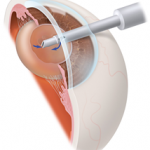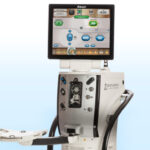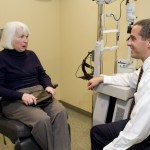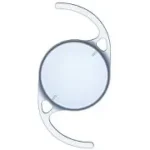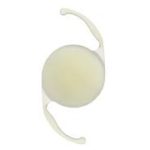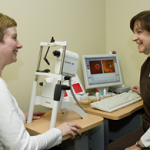Cataract Surgery
👁️ Cataract Surgery in Chalfont, PA- clearer and brighter vision is closer than you think.
At Eye Associates of Chalfont, Dr. Brian M. Sucheski and Dr. Rebecca S. Walker specialize in advanced cataract surgery — helping patients across Doylestown, Lansdale, Perkasie, and Bucks & Montgomery County see clearly again. We operate at the Wills Eye Surgery Center in Warminster, PA and Foundation Surgery Center in Fort Washington, PA.
🌤️ Understanding Cataracts
A cataract is a clouding of the natural lens inside your eye. The lens works like a camera lens — focusing light and images on the retina so you can see clearly.
Over time, the lens can become cloudy, often due to aging, medications, diabetes, or eye injury. When this happens, light has trouble passing through, causing blurred vision, glare, and difficulty seeing at night.
🔍 Common Cataract Symptoms
You may have a cataract if you experience:
-
Cloudy, blurry, or dim vision
-
Trouble driving at night
-
Sensitivity to bright lights or glare
-
Colors appearing faded or yellow
-
Frequent changes in glasses prescription
💡 The Only Proven Treatment
There are no medications, eye drops, or lifestyle changes that can remove a cataract.
The only treatment is surgery to replace the cloudy lens with a clear, artificial one called an intraocular lens (IOL).
In some cases, a thin film can develop behind the implant months or years later — this is easily corrected with a quick YAG laser capsulotomy performed in the office.
⚕️ What to Expect from Cataract Surgery
Cataract surgery is one of the most common and safest surgeries performed today. Millions of people each year enjoy excellent results — often better than they’ve seen in decades.
At Eye Associates of Chalfont, we perform cataract surgery using:
-
Tiny, no-stitch incisions
-
Ultrasound (phacoemulsification) to gently remove the cloudy lens
-
Foldable lens implants that restore clear vision
-
Topical anesthesia drops only — no needles required
The procedure typically takes 10–15 minutes per eye and is performed as an outpatient surgery. You’ll spend just a few hours at the surgery center and go home the same day.
🌈 Recovery and Results
After surgery, you’ll go home wearing a protective plastic shield and begin using eye drops to prevent infection and aid healing.
Dr. Sucheski or Dr. Walker will see you the next day in the office.
Most patients notice clearer, brighter vision within the first day — colors appear more vivid, and many people say, “I wish I had done it sooner.”
Healing time can vary from days to weeks, but most patients return to normal activities quickly. Some may still need glasses for reading or fine-tuning distance vision, depending on the lens chosen. Lens options will be discussed during your pre-surgery consultation.
👓 Lens Implant Options
We offer a range of intraocular lenses (IOLs) to match your vision goals:
-
Standard lenses for clear distance vision (distance, reading glasses or bifocals may still be needed)
-
Toric lenses to correct astigmatism
-
Multifocal and extended-depth lenses to reduce glasses dependency further
Your surgeon will help you select the best option for your eyes and lifestyle.
⭐ Why Choose Eye Associates of Chalfont?
-
Board-certified ophthalmologists with decades of surgical experience
-
State-of-the-art surgery and lens implant technology
-
Personalized attention before, during, and after surgery
-
Trusted care for patients across Bucks and Montgomery Counties
📅 Ready to Restore Your Vision?
If you’ve been told you have cataracts — or you’re noticing blurry, dim vision — now is the perfect time to schedule an evaluation.
📞 Call 215-997-2015 and take the first step toward clearer vision today.








